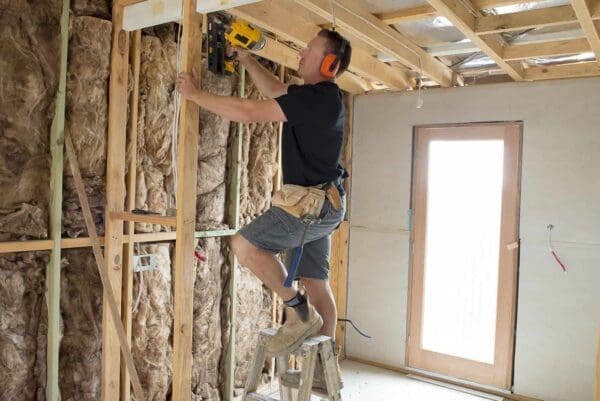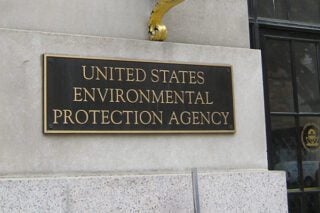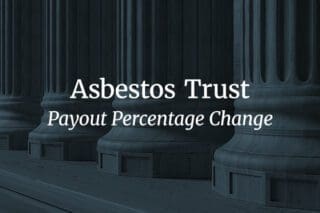
Scientists at the United States Geological Survey (USGS) have developed a new tool to help asbestos professionals detect asbestos fibers in vermiculite insulation on site, ultimately saving a lot of time from analyzing samples.
Researchers estimate that more than one million homes throughout the country contain potentially contaminated insulation from Libby, Montana, and other sources. These asbestos-containing materials are serious health hazards, putting families at risk of exposure should the insulation become damaged and release airborne asbestos particles. Before this tool was developed, asbestos contractors would need to test vermiculite insulation for asbestos by collecting a sample and conducting analysis at an off-site, EPA-certified laboratory, which could be rather time consuming.
To update this process, USGS scientists developed a portable, handheld spectrometer, a tool that can help determine chemical composition by separating particles or molecules in a sample by mass, momentum, energy or light. Scientists tested the tool against 52 different vermiculite samples from around the world, including attic insulation and commercial packing materials from Libby, South Africa, and China.
“The goal of this USGS study was to find an onsite way to test for asbestos by determining if near-infrared reflectance measurements, using portable spectrometers, could be used to reliably identify the source of vermiculite ore and therefore its potential to contain asbestos,” USGS scientist Gregg Swayze explained.
Swayze and the team of scientists were able to determine that spectroscopy could accurately identify vermiculite in the sample tests. They tested the new real-time tool against one of the traditional testing methods that uses scanning electron microscopy. In addition to discovering the potential of this new asbestos testing tool, the test results confirmed that all of the samples from Libby had been contaminated by higher amounts of asbestos compared to the samples from elsewhere that had little to no asbestos contamination.
“Based on medical studies, there is general agreement that all Libby vermiculite insulation is potentially hazardous,” Swayze explained further. “This study demonstrates that spectrally determining the source of attic vermiculite as Libby provides enough information to make a remediation decision.”
Once an EPA-certified contractor determines the asbestos materials are from Libby, they can print out a report for the homeowner and begin the asbestos removal process immediately. This new tool makes testing for asbestos in insulation much faster and makes it easier to alert families about the potential for asbestos exposure, which can cause various types of diseases like mesothelioma or lung cancer. This tool could also potentially protect workers from lingering asbestos dust at demolition sites or other work sites, and will hopefully be able to be developed further as an easier method to detect asbestos and protect the public.




